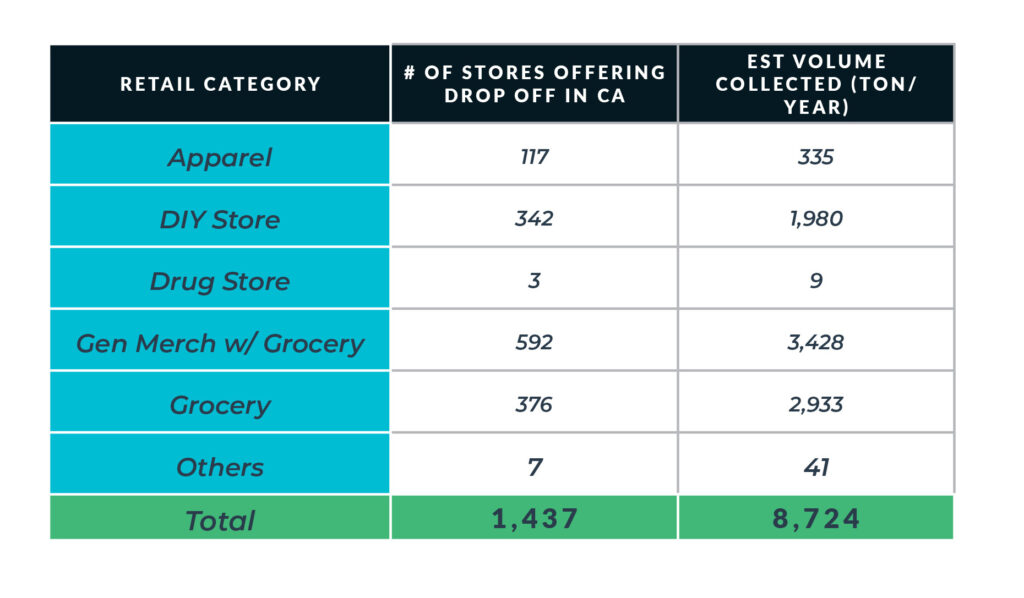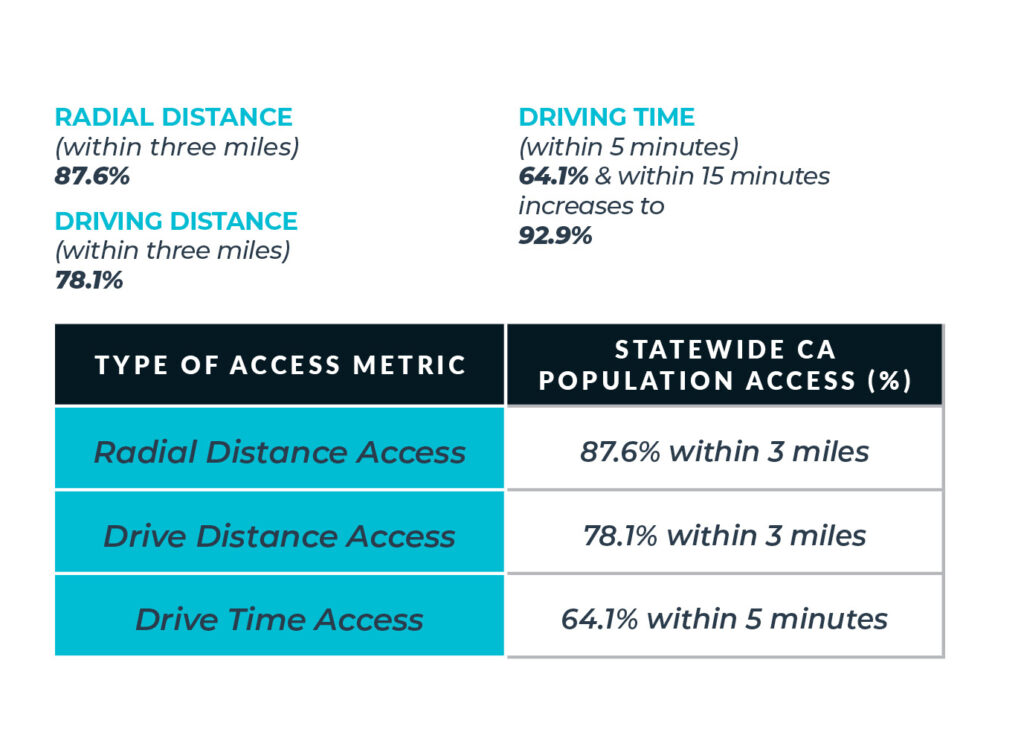November 15, 2022
Contributors:
Lucy Pierce, Project Manager, SPC
Nina Goodrich, Consultant, GreenBlue
Laura Thompson, Director, Recycled Material Standards (RMS)
How2Recycle is a standardized labeling system in the United States and Canada that clearly communicates recycling instructions to the public. The How2Recycle Store Drop-off label is contingent upon the extensive retail take-back infrastructure to comply with Federal Trade Commission (FTC) access guidance. Store drop off programs collect front of house consumer films and wraps and combine them with the films and wraps generated from store operations. Leveraging retail back haul efficiencies, these materials are transported to aggregation sites, typically distribution centers, where they are baled and sold to recyclers.
Phase 1 of a national research project to update bag and film recycling access is currently underway with Stina Inc. In the Spring of 2022 GreenBlue enlisted Resource Recycling Systems (RRS) to develop a California specific study as a way to determine the bag and film recycling landscape in California. The study was originally intended for internal review. However, given the recent concerns about bag and film recycling in California, we’ve released the study to help provide robust data for the public. You can read our condensed 2-page document summarizing the results of the study here.
It is important to note differences between the BagandFilmRecycling.org directory and this study. Stina manages the film drop-off directory and adds and removes stores from the directory on an ongoing basis based on input from chains, consumers, and other local sources. During Covid, a number of stores from BagandFilmRecycling.org were removed based on changing store drop off policies and public health concerns. The SPC is beginning work with Stina and RRS to confirm bin placement and add back retail locations contacted in this access study. This study represents the results of conversations with the major retailers listed in the study and store spot checks. The list of stores accepting bags and films from consumers is always dynamic based on a variety of factors and post-Covid has shifted significantly. There is a density of retail drop off locations, especially in highly populated areas and many of the stores listed have locations near each other. This creates redundancy and additional confidence in the access maps.
Study Objectives
- Document consumer access to recycling for LDPE film and flexible packaging within the state of California.
- Determine quantity and quality of LDPE films and flexible packaging collected and reclaimed within the state of California.
The study looked at two pathways for bag and film recycling: MRF collection and retail Store Drop-off. The study confirmed that LDPE film and flexible packaging is managed outside the curbside system in California. Material that is collected through the MRF infrastructure is badly contaminated and usually sent to landfill.
The bulk of the data in the report relates to retail Store Drop-off and consumer access.
RRS identified stores that accept films and bags and compared the store locations to California’s population density.
Consumer Access was analyzed using three different measures:
- Radial Distance
- Driving Distance
- Driving Time
RESULTS
Radial Distance
Heat map shows radial distance to the nearest PE bag and film retail drop off location. Access to retail store drop off using straight population of less than 3 miles is 87.6%
Driving distance
Heat map shows driving distance to the nearest PE film and bag retail drop off location. Access to retail store drop off using straight population is 78.1%

Driving Time
Heat map shows driving time to the nearest PE film and bag retail drop off location. 92.9% of California consumers have access to retail store drop off within a 15 minute drive (≤15 minutes from home).

PART 2 RESULTS
Characterization and Quantity Estimates
In all instances, retail drop off films and bags are combined with the films from back of house operations and hauled using reverse logistics to retailer distribution centers (DCs) where they can be baled and/or prepared for market. Thus, most volumes are reported from the DC level, not the store level. Furthermore, to understand post consumer film collection levels, individual store-level audits would need to be performed.
In the table to the right, estimated volumes use both retailer specific data and modeled per store generated data when specific values were not shared by retailers.
SUMMARY
- Total estimated volume of PE films and bags collected in California for recycling is 17.45 MM lbs per year. RRS estimates that 14.8 and 15.7 MM lbs are reclaimed.
- The end market for this material has a high yield and it is estimated that 85-90% of the collected material ends up in the final product or packaging.
- The principal end market for store drop off films is composite decking materials.
- There has been substantial growth in PE film reclamation capacity in CA, with most reclamation capacity growth focused on Grade A films.
- The success of retail store drop off for bags and films is based on consumer convenience (as drop off is a part of grocery shopping routine) and retailers are providing backhaul and aggregation services along with positive economics compared to landfill.
If you are interested in learning more you can read the entire California Regional Film and Bag Study here.





